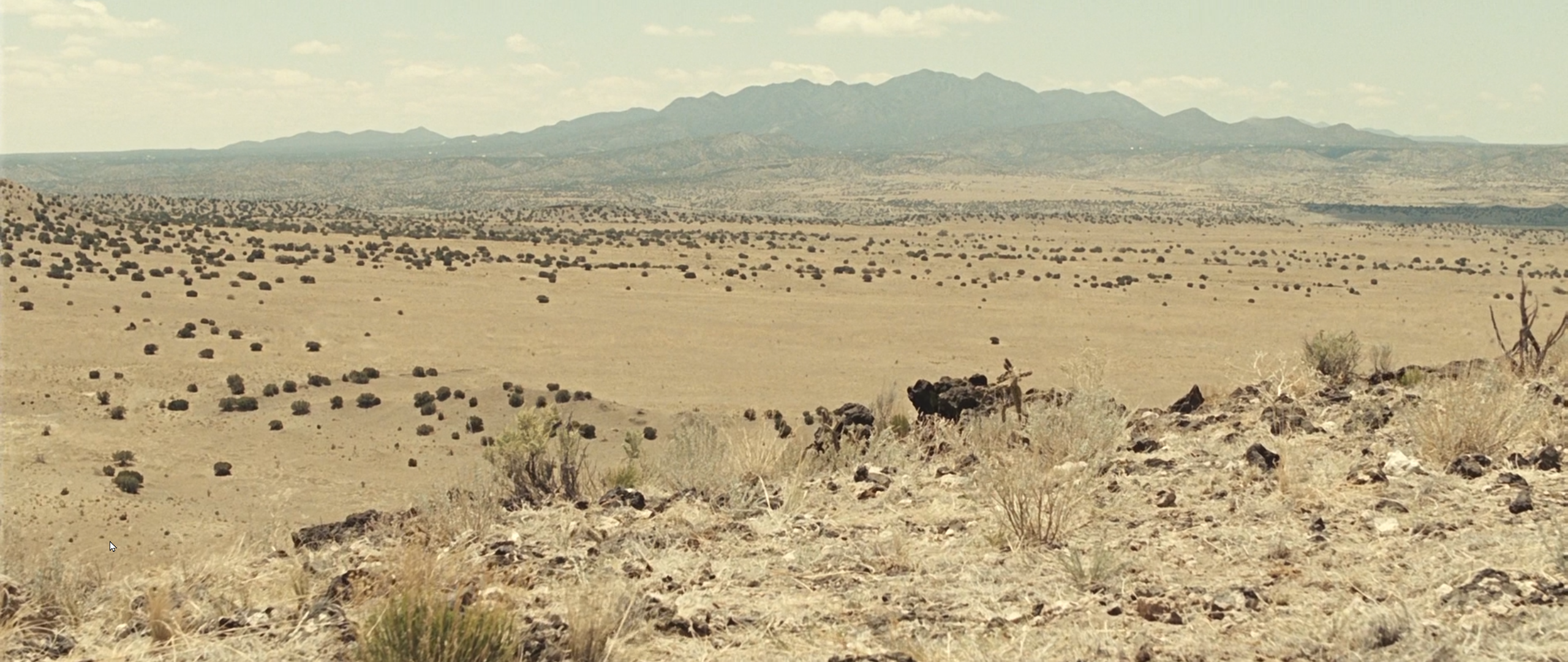Hi everyone — I’m Joan Rohlfing, president and COO of the Nuclear Threat Initiative. We’re a nonprofit, nonpartisan global security organization focused on reducing nuclear and biological threats imperiling humanity. In an era when the likelihood of use of weapons of mass destruction by individuals, terrorist organizations, and states is growing, we work to drive systemic change by galvanizing large-scale institutional adoption of innovative global security practices and programs. We’ve been doing it successfully for 20 years now.
What threats are most urgent? What can we do to stop them? I'm ready to answer those questions and more on Thursday, December 9, from 11 a.m. to 2 p.m. EST. (You can ask me something during that window or anytime before.)
This AMA is a follow-on to a talk I gave about nuclear threats in October, at the Effective Altruism Global 2021 conference in London. I discussed my strong belief that it is possible to make a difference in this arena, and I described what I believe we can do — and must do — together to build a safer world. I look forward to continuing that conversation this week!
A little more about me: Before joining NTI, I held senior positions in the U.S. Department of Energy and worked as an advisor to the U.S. Ambassador to India in the wake of nuclear tests in India and Pakistan. Earlier in my career, I oversaw nuclear weapons policy and acquisition programs at the Department of Defense and the Armed Services Committee of the U.S. House of Representatives. My thinking on nuclear security has been shaped by 35 years working in this field, and I’ve worked on this from all angles — from a military, a diplomatic, a political, a technical, and an academic perspective.
I look forward to your questions — ask me anything!


We have to pursue multiple strategies for reducing nuclear risks – no one strategy alone is sufficient. Because governments possess nuclear weapons and have the resources necessary for implementing risk reduction measures at the scale that’s needed, it’s imperative to continue to leverage policy change by governments as a core focus of nuclear risk reduction efforts. This includes generating creative ideas for policy solutions that governments could adopt. But a strategy that focuses only on persuading government leaders to adopt policy changes has proven to be insufficient on its own. The adoption of nuclear risk reduction measures has recently been outpaced by growing risks, and policy makers’ attention to nuclear issues has been declining as the awareness and attention of global publics has also declined.
So we must also aim to drive a strategy of culture change by working to raise awareness of nuclear risks among broader segments of the public. We have work to do to communicate more effectively about the risks of nuclear weapons to global publics. The more awareness we can create, the more likely it is that governments will feel they have the political support (the Overton window) for reducing the threat of nuclear weapons.
Individuals can educate themselves on the dangers posed by nuclear weapons. There are many places to learn about nuclear risks and nuclear policy (including on NTI’s website!). A few specific reading suggestions include:
These could be discussed in book groups or informal dinners with friends and neighbors. Individuals can then make their views known by communicating to political leaders their concerns about the danger of nuclear weapons and the need for governments to do more to reduce them. Even small actions, such as hosting a book group or dinner party and discussing these issues can go a long way to raise awareness.